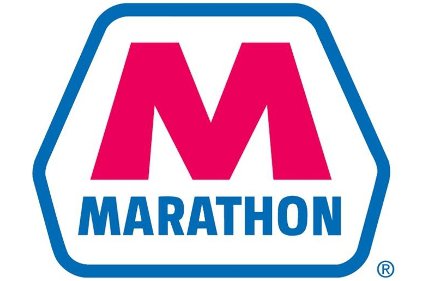 The EPA and the Department of Justice have reached an innovative environmental agreement with Ohio-based Marathon Petroleum Company that already has significantly reduced air pollution from all six of the company’s petroleum refineries. In a first for the refining industry, Marathon has agreed to state-of-the-art controls on combustion devices known as flares and to a cap on the volume of waste gas it will send to its flares. When fully implemented, the EPA says harmful air pollution will be reduced by about 5,400 tons per year from 22 flares at six refineries. The agency also says the agreement will result in future cost savings for the company.
The EPA and the Department of Justice have reached an innovative environmental agreement with Ohio-based Marathon Petroleum Company that already has significantly reduced air pollution from all six of the company’s petroleum refineries. In a first for the refining industry, Marathon has agreed to state-of-the-art controls on combustion devices known as flares and to a cap on the volume of waste gas it will send to its flares. When fully implemented, the EPA says harmful air pollution will be reduced by about 5,400 tons per year from 22 flares at six refineries. The agency also says the agreement will result in future cost savings for the company.
“Today’s agreement will result in cleaner air for communities across the South and Midwest,” said Cynthia Giles, assistant administrator for EPA’s Office of Enforcement and Compliance Assurance. “By working with EPA, Marathon helped advance new approaches that reduce air pollution and improve efficiency at its refineries and provide the U.S. with new knowledge to bring similar improvements in air quality to other communities across the nation.”
The settlement is part of EPA’s national effort to reduce air pollution from refinery, petrochemical and chemical flares. A flare is a mechanical device, ordinarily elevated high off the ground, used to combust waste gases. The more waste gas a company sends to a flare, the more pollution occurs. The less efficient a flare is in burning waste gas, the more pollution occurs. EPA wants companies to flare less, and when they do flare, to fully combust the harmful chemicals found in the waste gas.
A consent decree filed today in the U.S. District Court in Detroit resolves Marathon’s alleged violations of the Clean Air Act. As part of the effort to reach this agreement, Marathon, under the direction and oversight of EPA, spent more than $2.4 million to develop and conduct pioneering combustion efficiency testing of flares and to advance the understanding of the relationship between flare operating parameters and flare combustion efficiency.
In addition, beginning in 2009, Marathon installed equipment, such as flow monitors and gas chromatographs, to improve the combustion efficiency of its flares. To date, Marathon has spent approximately $45 million on this equipment and projects, and plans to spend an additional $6.5 million. Marathon also will spend an as yet undetermined sum to comply with the flaring caps required in the consent decree.
At the same time, Marathon indicates that the equipment it already has installed is saving it approximately $5 million per year through reduced steam usage and product recovery. Marathon also projects additional savings through the operation of the equipment to be installed in the future.
From 2008 to the end of 2011, the controls Marathon installed eliminated approximately 4720 tons per year of volatile organic compounds (VOCs) and 110 tons per year of hazardous air pollutants (HAPs) from the air. An additional 530 tons per year of VOCs and 30 tons per year of HAPs are projected to be eliminated in the future.
Under the agreement, Marathon will also implement a project at its Detroit refinery to remove another 15 tons per year of VOCs and another one ton per year of benzene from the air. At an estimated cost of $2.2 million, Marathon will install controls on numerous sludge handling tanks and equipment.
Marathon, headquartered in Findlay, Ohio, will pay a civil penalty of $460,000 to the United States.
Feds, Marathon Petroleum agree on high-tech pollution solution

Looking for a reprint of this article?
From high-res PDFs to custom plaques, order your copy today!



